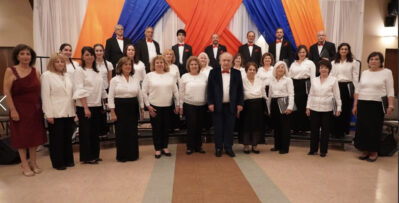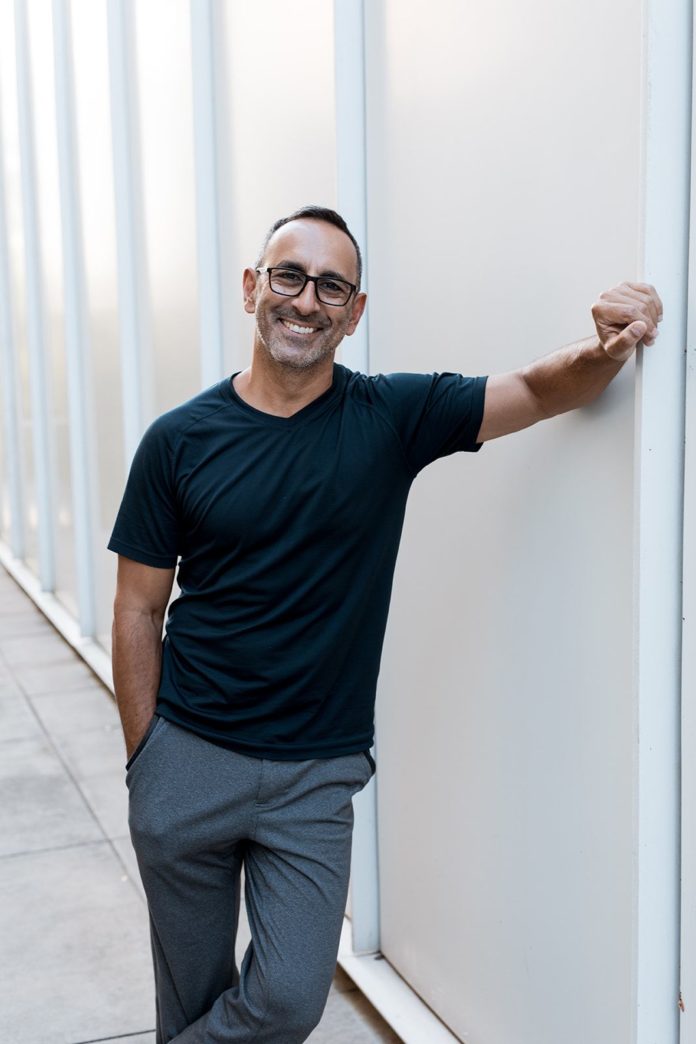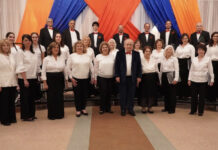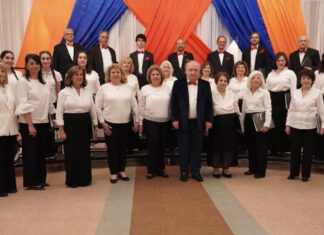YEREVAN / ATLANTA, Georgia – Born in Tehran, Iran, George Staib is of Armenian descent and has been living in the United States since the age of 10. He began his dance training at Dickinson College in Carlisle, Penn., in conjunction with the Central Pennsylvania Youth Ballet, then went on to earn an MFA in dance and choreography from Temple University.
Company credits include: Ann Vachon/Dance Conduit, Coriolis Dance Company, Gathering Wild Dance Company, and Paula Kellinger and Dancers. In addition, the fall of 2006 provided Staib the opportunity to perform with the José Limón Dance Company as a guest artist in their re-creation of Missa Brevis. In 2001 Staib joined the dance faculty at Emory University where he teaches contemporary and ballet techniques, choreography, and a seminar created to examine the impetus and practice of consuming and making art.
Since relocating to Atlanta, Staib’s work and teaching have been commissioned across the United States resulting in his recognition by Dance Teacher Magazine in 2014 as one of the top five dance educators in the country. As added service to the field, Staib is a contributing writer and critic for ArtsATL Staib is a two-time recipient of Emory’s prestigious Winship Award, taking him to Tel Aviv in 2011 to study Gaga, release technique with Iris Enez, and Jerusalem to conduct choreographic workshops. In 2016, Staib and the company were invited to Stockholm to perform and teach at Södra Latins and Ballet Akadamien, and subsequently created new work for Saraceno Dance. In addition, staibdance curated and produced the first-ever Atlanta Multicultural Dance Festival, created a summer intensive in Sorrento, Italy, now in its 11th year and hosted a 10-part podcast series titled Secret Architecture: the process of process, that features culturally based artists from across the country, now in its second season. Staib’s most recent accomplishments include promotion to the rank of Professor of Practice at Emory University, engagement as an educator with Immerse ATL, recognition by the Atlanta Regional Commission as an Arts Leader of Metro Atlanta, and in the summer of 2022, Staib serves as a faculty member and choreographer for the American Dance Festival in Durham, NC.
George, how is it that you are a dancer and yet your BA is in political science?
I believe it is my Armenian upbringing that led me to the study of political science. As I was growing up in Tehran, my family encouraged me to be a doctor or a lawyer. So in college, I changed my major many times, and then decided to pursue political science. At the same time, I began dancing and slowly moved away from preparing myself for a law degree. I did not start my formal dance training until the age of 20, and once I started, I knew I wanted it to be my career.
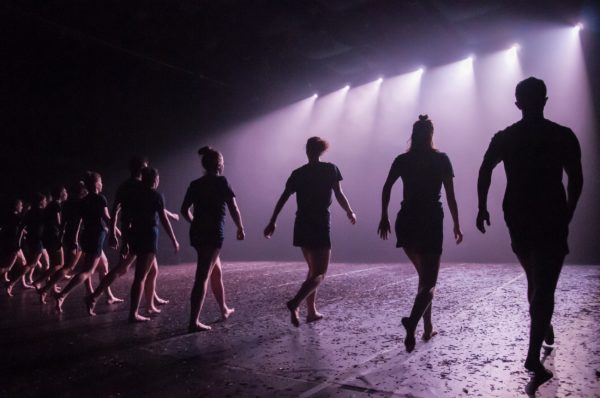
Years ago you performed with the José Limón Dance Company as a guest artist. What did that mean to you?
